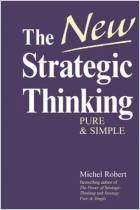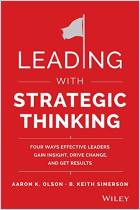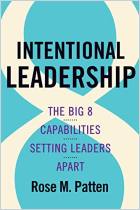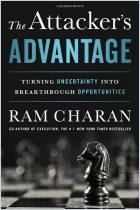
The Strategic Leader
New Tactics for a Globalizing World
Read or listen offline
Amazon KindleRecommendation
Henry Ford made good strategic choices, but he failed to see and adapt to change. He created the automobile business but his competitors quickly stole a sizable portion of it because he didn’t keep up with market changes. What was true in the early 20th century is doubly so in the early 21st: If you do not lead your organization to be flexible and responsive to change, it will soon be toast. Modern businesses require strategic leaders who can quickly adjust to ever-changing, ambiguous circumstances. In this book, professor John R. Pisapia analyzes other experts’ theories on leadership and describes the six habits strategic leaders must develop. The compelling, colorful stories he presents about noted personalities help bring his refined, elevated (sometimes even obscure) theories and findings down to earth. While Pisapia’s book is thoughtful and scholarly, readers may find its imperfect proofreading and fact checking somewhat distracting. Still, getAbstract recommends this book to leaders at all levels, to academics who teach about leadership and to consultants who advise others on how to carry out leadership effectively.
Summary
About the Author
John R. Pisapia teaches leadership and policy at Florida Atlantic University. He has the sobriquet “global professor” because he has taught in China, India and elsewhere.



















Comment on this summary or Diskussion beginnen